Abstract
1 After acute intravenous administration labetalol reduced mean values for BP, total peripheral resistance, heart rate and cardiac output. All changes were more pronounced during bicycle exercise. 2 After a mean duration of 20 months' treatment with oral labetalol the haemodynamic findings were broadly similar except for a more marked reduction in the total peripheral resistance and cardiac output had returned to pretreatment level due to an increased stroke volume which had counter balanced the reduction in heart rate. These changes occurred at rest, in the erect position and during exercise but the reductions in BP and peripheral resistance were most marked during exercise. 3 Left ventricular filling pressures and stroke volume/filling pressure ratios were not significantly altered after intravenous labetalol compared with pretreatment values. 4 Systolic BP x heart rate product was lowered particularly during exercise after both intravenous and oral labetalol. 5 After long-term oral labetalol, the most striking haemodynamic change was in the elevated resting stroke volume supine and standing.
Full text
PDF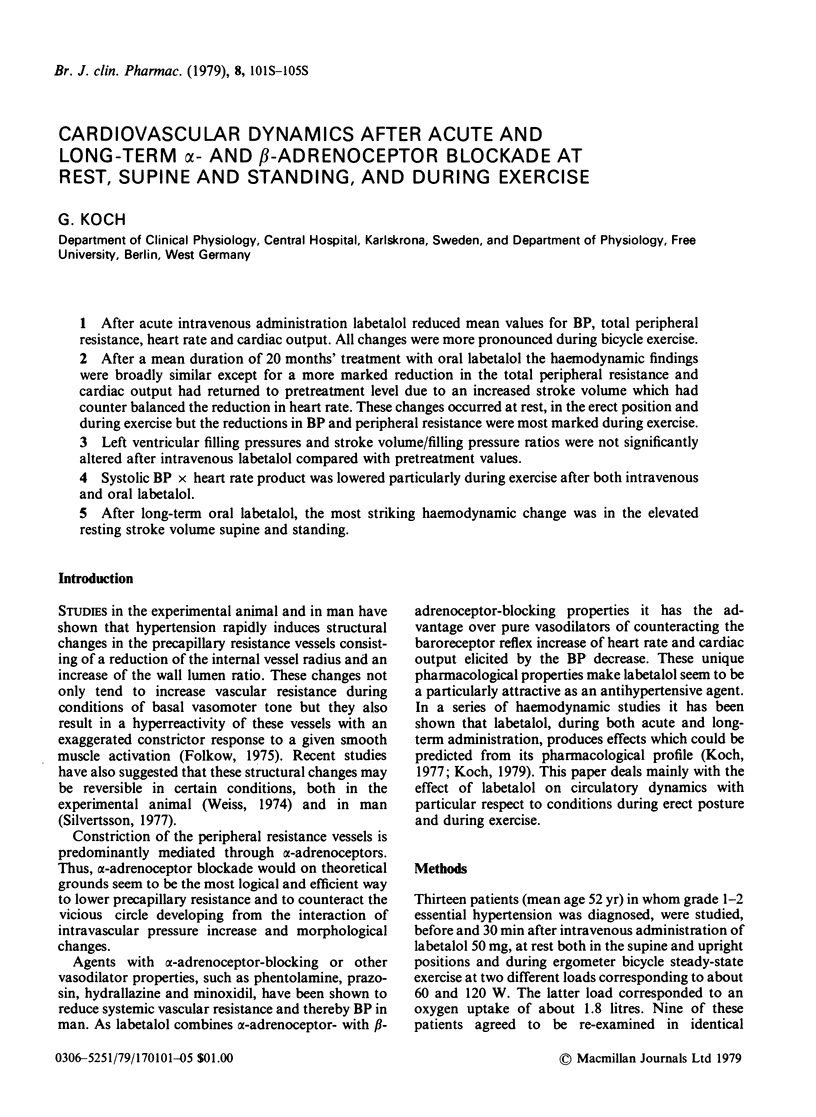
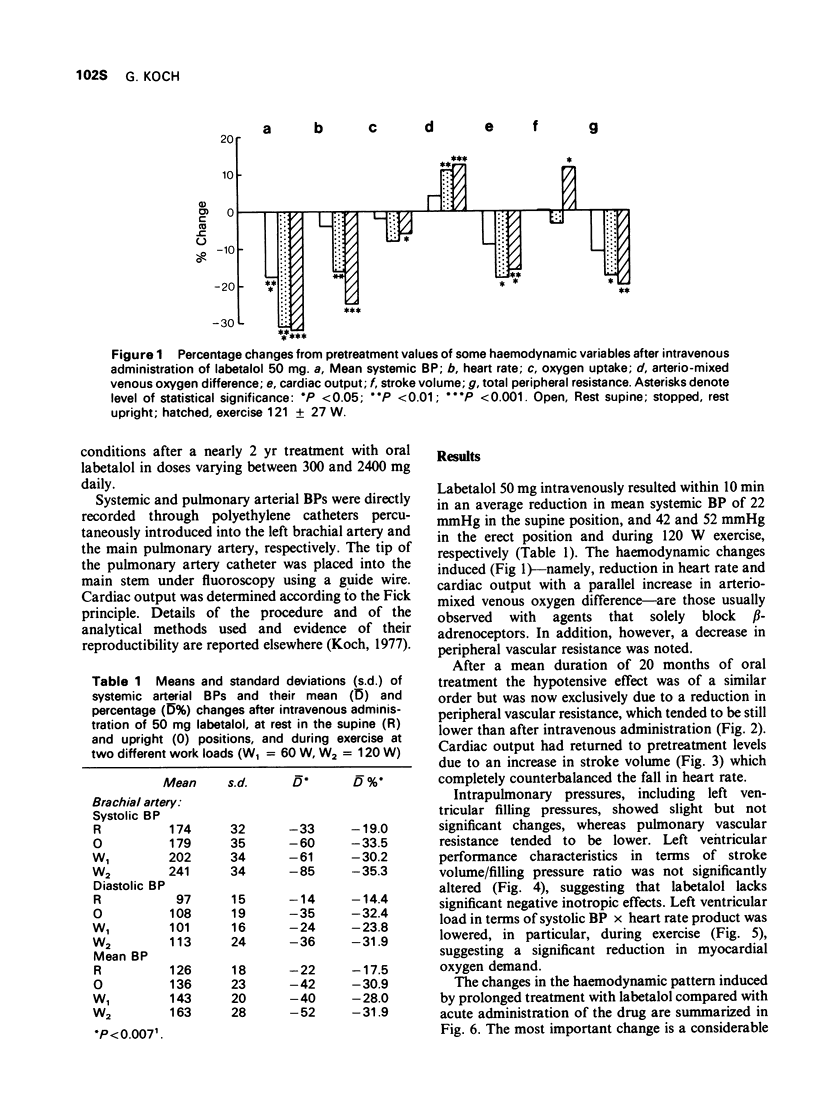
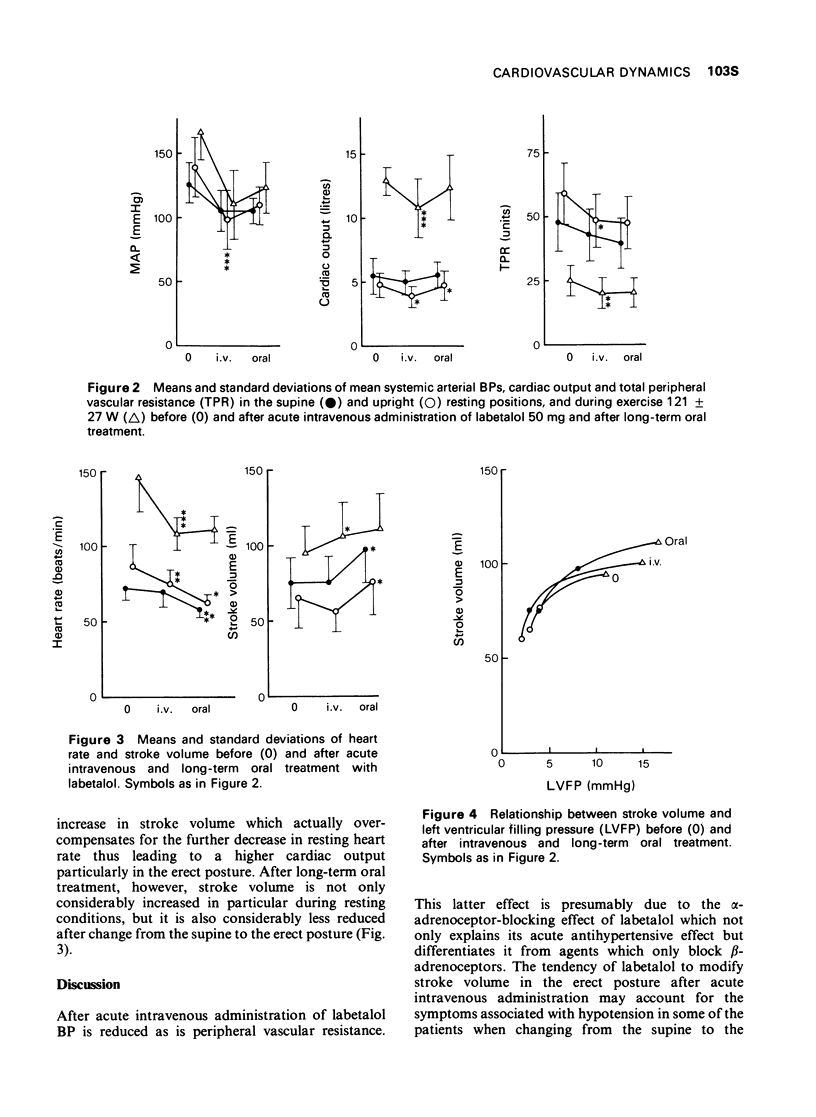
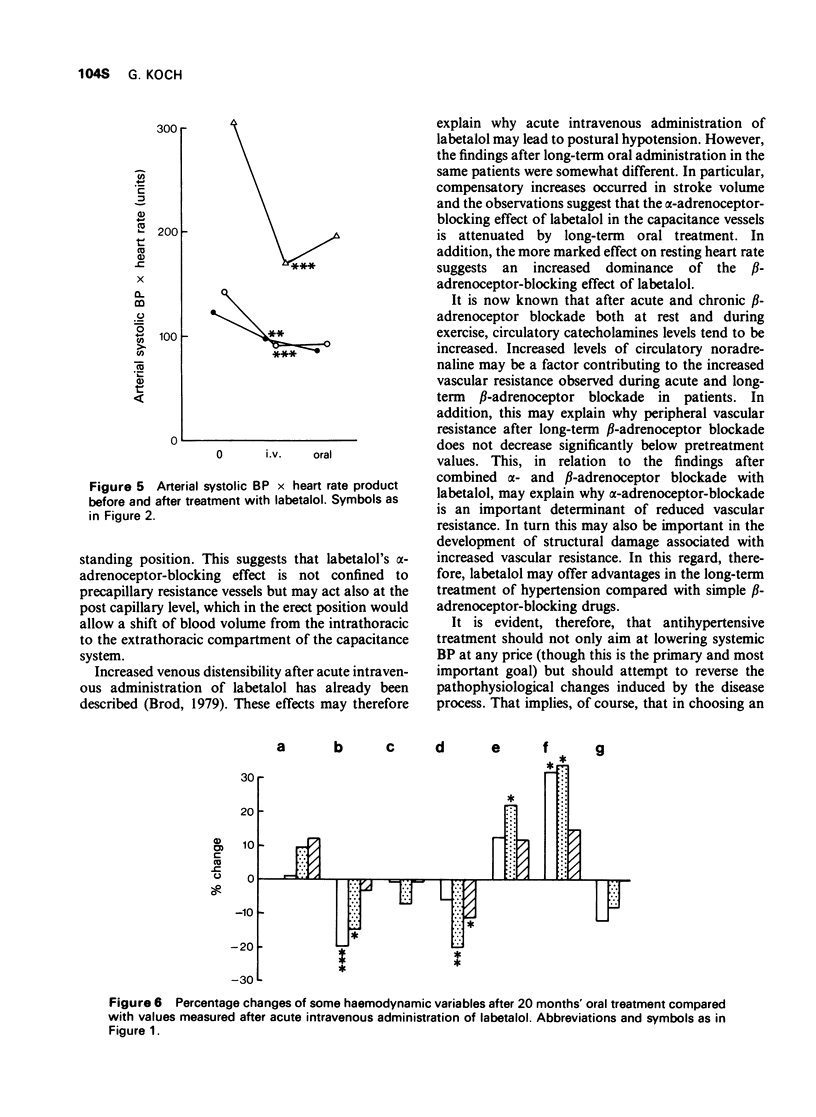
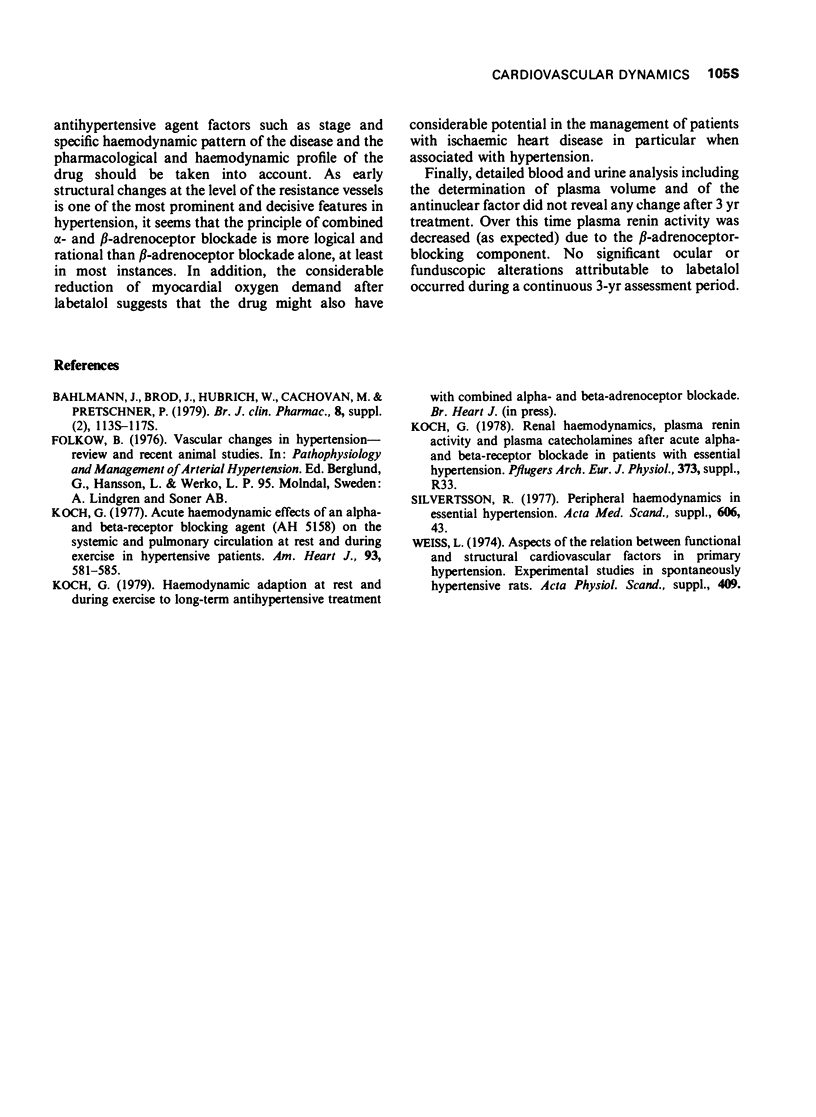
Selected References
These references are in PubMed. This may not be the complete list of references from this article.
- Bahlmann J., Brod J., Hubrich W., Cachovan M., Pretschner P. Effect of an alpha- and beta-adrenoceptor-blocking agent (labetalol) on haemodynamics in hypertension. Br J Clin Pharmacol. 1979;8(Suppl 2):113S–117S. [PMC free article] [PubMed] [Google Scholar]
- Koch G. Acute hemodynamic effects of an alpha- and beta-receptor blocking agent (AH 5158) on the systemic and pulmonary circulation at rest and during exercise in hypertensive patients. Am Heart J. 1977 May;93(5):585–591. doi: 10.1016/s0002-8703(77)80008-2. [DOI] [PubMed] [Google Scholar]


